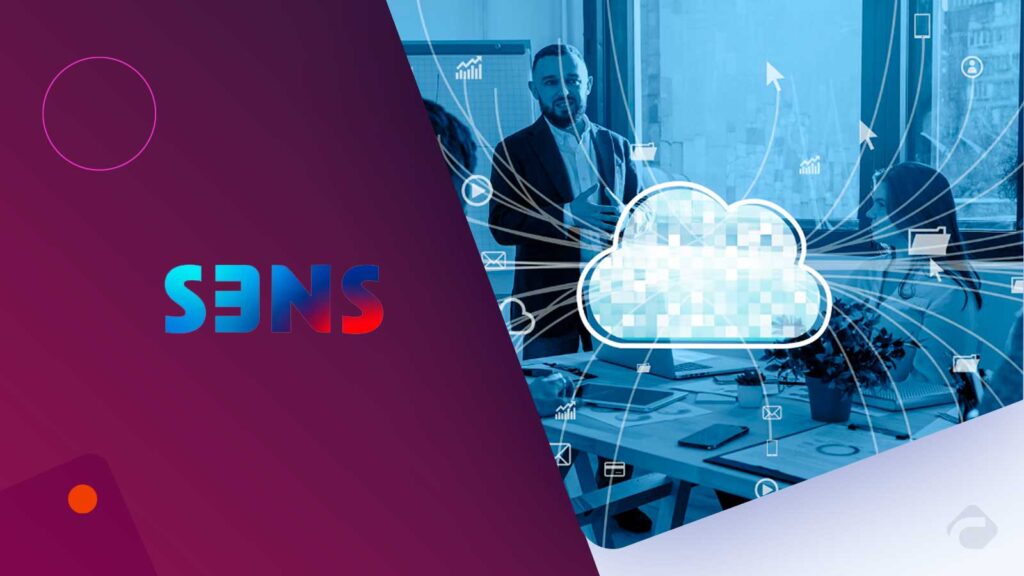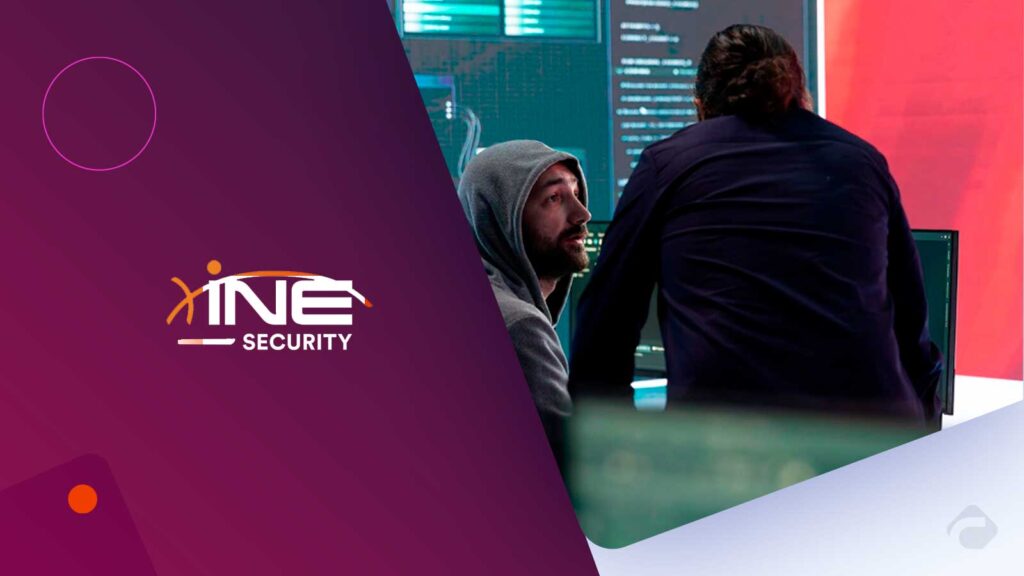Does it ever seem like digital dangers are lurking just out of sight, and also waiting for you to let your guard down? Well, it’s time to not only stop hiding but also start seeking with the right threat intelligence tools. So, in today’s fast-moving digital world, proactive security teams need powerful, smart tools to stay ahead of hackers and threats. This article dives into the top 10 threat intelligence tools designed to help security teams detect, analyze, and neutralize cyber risks before they cause harm. Additionally, we’ll spotlight how each tool empowers teams with actionable insights and real-time data.
Whether you’re a security pro or just getting started, this guide offers a clear view of the best solutions for 2025. Let’s get your security game on point!
1. Recorded Future
Recorded Future is your cybersecurity crystal ball. Basically, it leverages machine learning and threat intelligence to provide real-time threat intelligence on newly discovered threats. Also, the platform webscraps hundreds of sources, dark web, open web, and technical feeds, to provide 360-degree risk visibility.
Main Features:
- Real-time threat alerts
- Dark web monitoring
- Automated risk scoring
Advantages:
So, Recorded Future enables security teams to detect threats ahead of time and maximize risk prioritization. Gartner states that incident response time is shortened by as much as 40% for companies that use Recorded Future. Eventually, the more you can see your systems, the more leverage you hold over threats, & Certainly, Recorded Future gives you that edge.
2. IBM X-Force Exchange
IBM X-Force Exchange is unique in the sense and also that it collaboratively shares intelligence. Indeed, it has a massive threat database along with IBM’s global research discoveries. Additionally, teams can share and learn about threat intelligence in real time.
Key Features:
- Massive threat database
- Collaborative sharing platform
- Interoperability with other IBM security products
Benefits:
IBM’s solution is improving collaborative teams, accelerating investigations, and also enhancing threat detection context. Also, it is used by numerous Fortune 500 companies for depth and credibility.
3. Anomali ThreatStream
Anomali ThreatStream stands out by consolidating multiple threat feeds into one simple platform. That is its AI-driven analysis provides reports on priority threats to allow security teams to prioritize what matters.
Key Features:
- Collaboration of several threat feeds
- AI-driven threat analysis
- Automated IOC (Indicators of Compromise) detection
Advantages:
Anomali eliminates noise through the deletion of threats and also the provision of actionable intelligence. Additionally, it speeds up the identification of risks and strengthens how quickly teams react to security issues.
4. ThreatConnect
ThreatConnect offers a unified cybersecurity workspace designed to streamline workflows through automation and orchestration, while also delivering deep, actionable threat insights. It allows teams to collect, analyze, and respond to threat data within one platform.
Key Features:
- Consolidation of threat data
- SOAR (Security Orchestration, Automation, and Response) functionality
- Customizable dashboards
Strengths:
So, by automating mundane tasks, ThreatConnect allows researchers to prioritize the most critical investigations. Also, it is very versatile and can be implemented by large companies and small teams.
5. Cisco SecureX
Certainly, Cisco SecureX unifies network security, endpoint security, and cloud security with threat intelligence. It offers a single pane of glass for the Cisco security platform also.
Key Features:
- Unified security platform
- Real-time threat intelligence integration
- Automated response processes
Benefits:
SecureX provides end-to-end security through correlating data from diverse sources, So Eventually providing improved detection and response time. Cisco’s broad security network provides an excellent lead to threat intelligence.
6. FireEye Helix
FireEye Helix integrates threat intelligence with security operations platform capabilities. Certainly, It enables groups of security analysts to instantly detect and respond to threats by correlating data among diverse security products.
Key Features:
- Advanced analytics and also machine learning
- FireEye research-driven threat intelligence feeds
- Incident response automation
Benefits:
Eventually, FireEye Helix minimizes mean time to detect and respond by automating complex workflows. So, Estimates by reports estimate that it can increase operational effectiveness by 30%.
7. CrowdStrike Falcon X
With Falcon X, CrowdStrike merges intelligence on threats with frontline defense for endpoints, eventually creating a unified layer of security. Basically, it provides automatically delivered threat analysis and deep context to educate teams on the attackers’ tactics.
Key Features:
- Endpoint detection integrated
- Automated threat analysis
- The attack timeline is laid out in real time.
Benefits:
CrowdStrike’s cloud-native architecture enhances threat hunting with less alert fatigue. Also, it is highly embraced for its simplicity and long visibility.
8. Palo Alto Networks AutoFocus
AutoFocus provides Palo Alto Networks customers with threat intelligence in the shape of risk-based threat data and threat prioritization.
Main Features:
- Context-aware threat intelligence
- Risk-based scoring and threat prioritization
- Palo Alto firewalls and endpoint security integration
Benefits:
AutoFocus gives security teams fast, precise threat data to make better decisions and also respond more quickly, speeding up. Therefore, the solution leverages Palo Alto’s global threat intelligence network.
9. NordLayer
NordLayer is picking up pace for its network threat intelligence and security unification. It provides secure remote connection and scans network traffic for threats.
Key Features:
- Secure VPN with threat detection
- Network traffic monitoring
- Team-wide centralized management
Benefits:
NordLayer is perfect for organizations with remote or hybrid employees. Eventually, it protects by blocking hostile users and pre-emptively identifying hostile activity.
“For a remote-first world, threat intelligence together with secure access is a game-changer,” according to Ivan Kutsenko, CEO of NordLayer.
10. Flashpoint
Flashpoint specializes in dark and deep web intelligence. Basically, It delivers actionable insights about cybercrime activity and pending threats from the farthest corners of the web.
Key Features:
- Dark web monitoring
- Threat actor profiling
- Real-time notifications
Advantages: Flashpoint delivers security teams an early alert system about potential threats and helps mitigate risk before it gets out of control. It is renowned for accuracy and depth of threat analysis.
Conclusion
Selecting the best threat intelligence solution can bring your security team from reactive to proactive. Therefore, here are the top 10 solutions with something unique each, ranging from real-time alert and AI-driven analysis to secure remote access and dark web analysis. Adopting one or more of these platforms equips your team with the intelligence and automation to stay ahead of cyber threats in 2025 and beyond.
Keep in mind, fantastic security is a combination of fantastic tools and fantastic analysts. Remain alert, remain educated!
FAQs
Q1: What is threat intelligence, and why is it necessary?
Threat intelligence refers to the collection and analysis of information on potential or existing cyber threats. Threat intelligence enables security teams to anticipate attacks, respond promptly, and effectively minimize risks.
Q2: How do threat intelligence tools enhance incident response?
They offer immediate data, alert priority, and integration with pre-existing security systems, such that there is a quick and enhanced response against cyber attacks.
Q3: Are threat intelligence tools available for small businesses?
Yes, most tools have scalable solutions that suit small and medium-sized businesses to enhance their security standing without demanding substantial sums of capital investments.
Q4: How does NordLayer offer remote workforce protection?
NordLayer integrates VPN security with threat intelligence to provide safe remote team access and real-time network threat protection. This helps close remote work vulnerabilities.
Q5: Are the tools integrated?
Some threat intelligence tools provide APIs and integrations such that teams can integrate a number of platforms for an improved security approach.
Basically, Thinking about taking your security professionals a step higher in impact and readiness? So, take the first step in mastering powerful threat intelligence platforms—your edge against evolving cyber dangers. Don’t wait for a breach – stay ahead, stay informed, and additionally secure your business with confidence!







